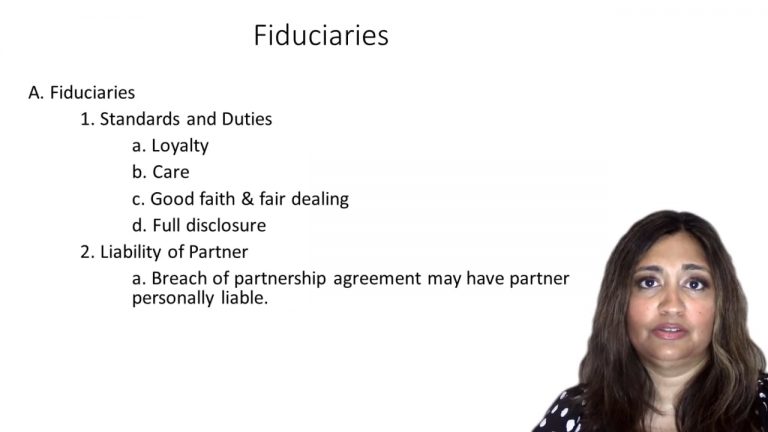SmartBrief
Confirm favorite deletion?
Business Entities Keyed to Chiappinelli
Puleo v. Topel
Citation:
856 N.E.2d 1152 (Ill. App. 2006)Facts
Plaintiffs Philip Puleo, Malex Corporation, and others contend that the circuit court erred by finding that Topel could not be held personally liable for obligations incurred on behalf of defendant Thinktank, LLC, after the company was involuntarily dissolved. Effective May 30, 2002, Thinktank, a limited liability company, was involuntarily dissolved due to Thinktank’s failure to file its 2001 annual report. Thereafter, plaintiffs, independent contractors hired by Topel, filed a complaint against Topel and Thinktank in which they alleged breach of contract, unjust enrichment, and claims under the account stated theory. Those claims stemmed from plaintiffs’ contention that Topel, who plaintiffs alleged was the sole manager and owner of Thinktank, knew or should have known of Thinktank’s involuntary dissolution but nonetheless continued to conduct business as Thinktank. Thinktank failed to pay plaintiffs for work they had performed.
Only StudyBuddy Pro offers the complete Case Brief Anatomy*
Access the most important case brief elements for optimal case understanding.
*Case Brief Anatomy includes: Brief Prologue, Complete Case Brief, Brief Epilogue
- The Brief Prologue provides necessary case brief introductory information and includes:
Topic:
Identifies the topic of law and where this case fits within your course outline.Parties:
Identifies the cast of characters involved in the case.Procedural Posture & History:
Shares the case history with how lower courts have ruled on the matter.Case Key Terms, Acts, Doctrines, etc.:
A case specific Legal Term Dictionary.Case Doctrines, Acts, Statutes, Amendments and Treatises:
Identifies and Defines Legal Authority used in this case.
- The Case Brief is the complete case summarized and authored in the traditional Law School I.R.A.C. format. The Pro case brief includes:
Brief Facts:
A Synopsis of the Facts of the case.Rule of Law:
Identifies the Legal Principle the Court used in deciding the case.Facts:
What are the factual circumstances that gave rise to the civil or criminal case? What is the relationship of the Parties that are involved in the case.Issue(s):
Lists the Questions of Law that are raised by the Facts of the case.Holding:
Shares the Court's answer to the legal questions raised in the issue.Concurring / Dissenting Opinions:
Includes valuable concurring or dissenting opinions and their key points.Reasoning and Analysis:
Identifies the chain of argument(s) which led the judges to rule as they did.
- The Brief Prologue closes the case brief with important forward-looking discussion and includes:
Policy:
Identifies the Policy if any that has been established by the case.Court Direction:
Shares where the Court went from here for this case.

 3m 15s
3m 15s